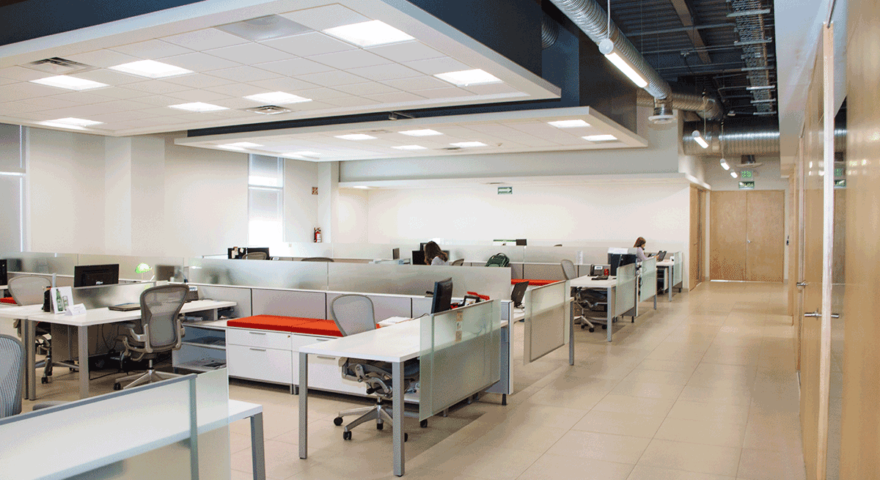Returning to the office – 5 things to remember


It has been a year since the UK Government advised people to work from home where they could, due to the COVID-19 pandemic. For the majority of companies, the Government’s announcement saw entire workforces leave the office, with an unknown return date.
Employers were unsure how their employees would react to working from home, as the majority of them had never worked from home before.
To many companies’ surprise, the majority of staff adapted well to this change in environment and, in fact, became more productive. The main driver behind this was a better balance in employees work/life balance, as staff did not have to commute on a daily basis to the office. This better balance resulted in an increase in concentration levels during working hours, which resulted in higher productivity and better quality.
The Government has recently unveiled its ‘roadmap’ in easing lockdown restrictions in England from March 2021. The government has stressed that the roadmap will not be based on specific dates but will be driven by the data it holds in respect of infection rates, hospital admissions and death rates.
However, with the easing of lockdown restrictions appearing to be in sight, companies are looking at how they are going to re-introduce its staff back to working in the office environment.
Below are 5 tips which we believe will aid in the successful re-opening of your office to staff members:
- Get an understanding of how your staff have found working from home.
Whilst this may seem a simple thing to do, we know that some employers will often miss consulting with their staff. A staff members analysis on how working from home is going will be crucial in understanding how the company is doing in respect of its support and will often lead to understanding how staff members would like to work, when the office re-opens.
- Do staff members need to come back into the office?
This is a very simple question, and one which could be analysed from a performance perspective. If a member of staff has enjoyed working from home, has met all their KPI’s and there are no issues in respect of DSE or mental health, is there a need to bring them back into the office? Some people are enjoying work from home so much, that they have confirmed that they would be happy if they could work from home full-time going forward.
- Avoid returning how you operated before
The COVID-19 pandemic changed the office environment on a massive scale. Some companies often allocated lunch hours to staff, along with allocated seats for staff based on their job, along with a quite strict dress-codes.
Since staff have been working from home, companies have had no choice but to become more flexible towards its staff. Staff have taken breaks at different times each day, have spent parts of the day on the phone to other members outside of their team, and more often than not, worked in a shirt and their Pyjama bottoms. Should you decide to return your staff back to rigid environment it was prior to COVID-19, you may find that staff struggle to adapt.
Allow your office environment to become one of flexibility and understanding. This in turn will boost productivity and moral.
- Safety is key
If you are looking to re-open the office, a thorough Risk Assessment will need to be produced, to reduce, as much as is possible, any chance of infection transmission.
Whilst some companies do not see a tangible return on investment when it comes to safety, should you fail to implement the correct control measures, it could have fatal consequences for your business and staff. The HSE have been conducting inspections to ensure that employers are doing everything they can to keep their staff safe.
- Do not rush
Do not rush into re-opening the office. Firstly, why would you need to?
As previously mentioned, most companies were surprised at how well staff adapted to this mammoth change in environment. Talk to staff in order to gain an understanding their home workstation set-up, mental well-being and how many days per week they would like to work in the office going forward. Create a prioritised list of reintroduce staff members slowly, adapting any processes as you go.
If you implement the above steps, this will aid you in understanding how you are going to return to the office and who will be the first to work back in the office.
